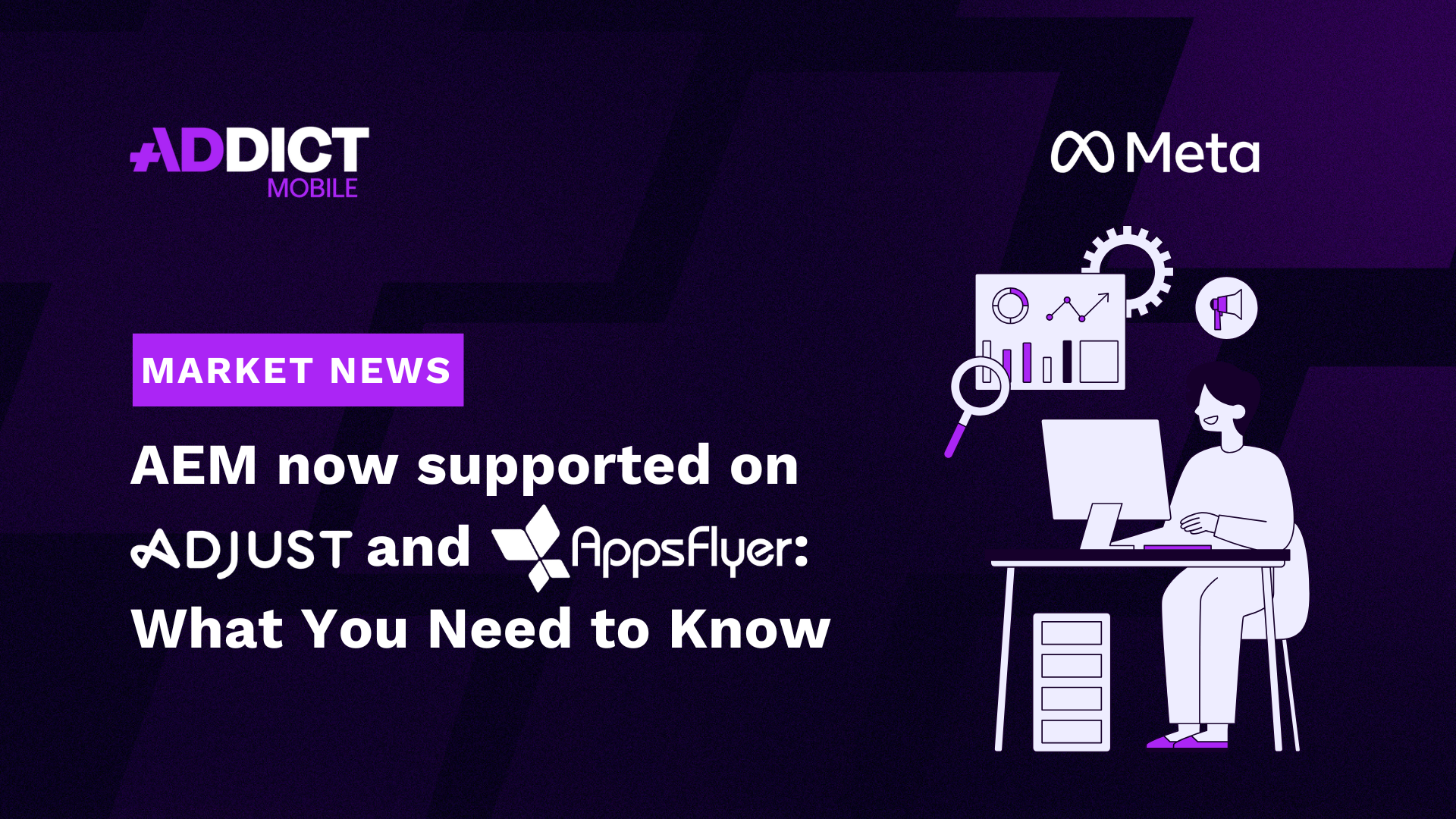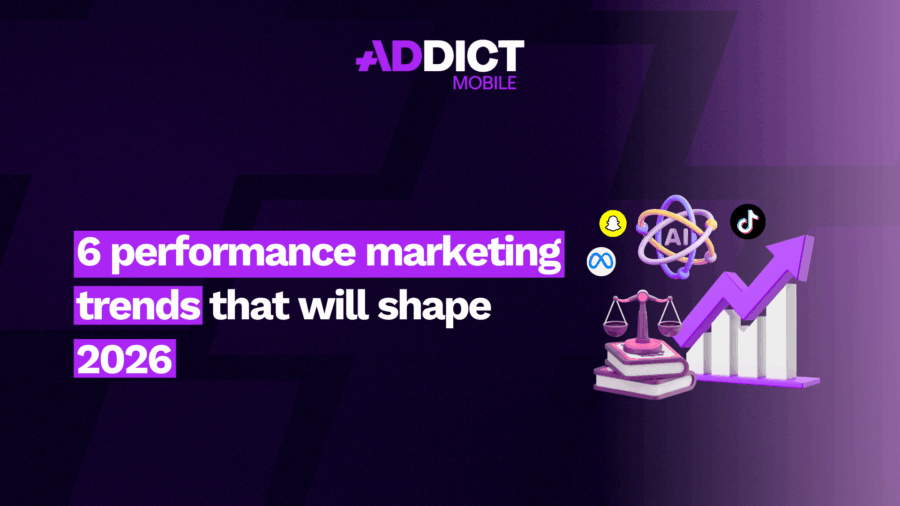AEM now supported on Adjust, AppsFlyer and Singular: What You Need to Know

Adjust, AppsFlyer, and Singular have just adopted AEM in their attribution models. This integration of Aggregated Event Measurement by these MMPs is truly a game-changer. Wondering what this means for your UA campaigns? Let’s break it down for you.
Key Takeaways
- AEM integrated with MMPs: Adjust, AppsFlyer, and Singular now centralize AEM signals within their attribution models.
- Clearer view: consolidated iOS data, centralized analysis via MMPs, and full compliance with Apple’s privacy rules.
- Stronger reliability: third-party validation makes Meta’s data more trustworthy and actionable for iOS campaign optimization.
- AEM ≠ SKAN: both should be used together to maintain a complete view of performance.
- Uncertain future: with privacy rules evolving, marketers must stay flexible and ready to adapt to more estimation-based models if needed.
iOS 14.5: A Revolution in UA Campaign Measurement
With iOS 14.5 and App Tracking Transparency (ATT), the rules of the game have been completely rewritten.
Since IDFA collection now requires user consent, advertisers have had to rethink how they measure performance. To address this, Apple introduced SKAdNetwork, which provides aggregated data. But let’s be honest, these data points often lack the precision advertisers need to truly understand their campaigns.
In response to these challenges, probabilistic attribution quickly became the go-to solution in the market. Unlike SKAdNetwork, which often feels too restrictive, these models offer much better performance visibility. Platforms like TikTok, AdNetworks, and DSPs are already using it, allowing advertisers to track and attribute conversions more reliably and consistently.
Meta Takes Action with AEM
As a key platform for advertisers, Meta also had to adapt to the changes imposed by Apple. To stay competitive, Meta introduced AEM, a more flexible alternative to SKAdNetwork. This solution allows advertisers to continue tracking conversion events while adhering to iOS’s privacy regulations. No need for IDFA, but still provides valuable insights into what’s working (or not) in your campaigns. That said, a limitation for advertisers is that this data is only available through Meta’s Business Manager, making multi-source attribution like you’d get with an MMP, a bit more challenging.
Whi is the Integration of Aggregated Event Measurement a Big Deal
The integration of AEM into Adjust, AppsFlyer and Singular’s attribution models is a game-changer. It offers a more centralized and clearer view of your data. No more scattered information across different platforms, everything is now accessible in one place.
Here’s what this means for you:
- Consolidated View of iOS Users: By combining AEM signals with the attribution models of MMPs, you get a more accurate and complete view of your campaigns.
- Data Centralization: All insights are gathered through your MMPs, making performance analysis much simpler and more efficient.
- Enhanced Compliance: And of course, all of this is done while fully complying with iOS privacy standards, ensuring transparency without compromising performance.
What This Means for Your Campaigns
Your Meta campaign data is now centralized and validated by third-party MMPs, boosting its reliability. With AEM integrated into Adjust, AppsFlyer and Singular’s attribution process, the model is essentially backed by a trusted third party. This validation provides added transparency and even more accurate data. The result? More informed decisions and better-optimized iOS campaigns.
What Does Addict Mobile Think?
At Addict Mobile, we recommend keeping two key points in mind:
- AEM doesn’t replace SKAdNetwork: It’s important to continue leveraging all available data sources to get a complete and accurate view of your performance. By carefully monitoring each source, you ensure a consistent and reliable understanding of your campaigns’ results.
- What’s next for attribution? With privacy concerns on the rise, it’s likely that attribution methods will either evolve or become more restrictive. Staying flexible and anticipating a potential return to more traditional estimation models, like those used in the past, is a smart move.
Now that AEM is integrated by Adjust, AppsFlyer and Singular, the next question is: what about Google? Google remains one of the last major players not offering a probabilistic model or equivalent for iOS. While they do have an iOS estimation model accessible via their platform, much like Meta, the question is whether they will follow the same path and provide a more centralized and transparent solution via MMPs. Stay tuned…
NEWS
Article in relation

Our 5 Favorite Creative Tools on TikTok
Having good creatives is essential. But what truly makes the difference is knowing where to find inspiration and how to produce more efficiently...
Published on 10 December 2025
6 performance marketing trends that will shape 2026
2026 is shaping up to be a pivotal year for performance marketing. With new growth channels emerging, AI-driven automation accelerating, evolving measurement models,...
Published on 2 December 2025
Best ASO tools to grow your app store…
– by Oriane Ineza, Content Marketing Specialist at AppTweak In an increasingly competitive app market, visibility is everything, and a solid, comprehensive set...
Published on 30 November 2025

